
Usman Durrani
New York

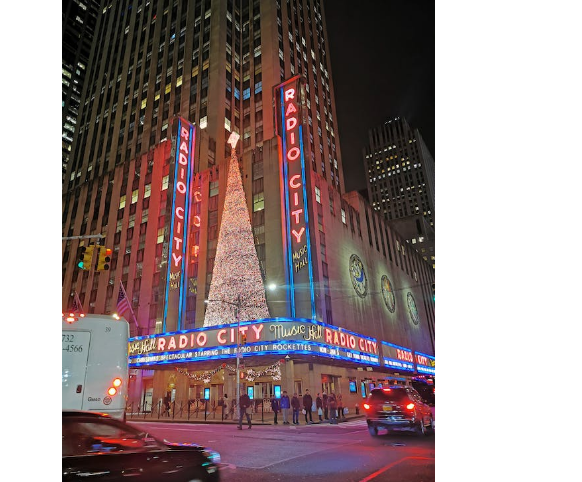
The Streets of New York: A Kaleidoscope of Life and Culture
The Streets of New York: A Kaleidoscope of Life and Culture
The streets of New York City are a pulsating embodiment of diversity, vitality, and endless possibilities. From the iconic avenues of Manhattan to the vibrant neighborhoods of Brooklyn, Queens, the Bronx, and Staten Island, the streets of New York serve as an urban tapestry that weaves together a rich blend of cultures, experiences, and dreams. In this essay, we will explore the fascinating tapestry of life found in the streets of New York, delving into its bustling energy, architectural marvels, cultural landmarks, and the captivating spirit that makes this city a truly unique and unforgettable place.
- The Bustling Energy: Walking the streets of New York is an immersive experience like no other. From the early morning rush of Wall Street to the late-night revelry of Times Square, the city breathes with an unparalleled energy. The streets teem with a diverse mix of pedestrians, honking taxis, cyclists, and street vendors, all moving in a symphony of activity. This vibrant energy is palpable and contagious, infusing the streets with a sense of urgency, ambition, and possibility.
- Architectural Marvels: New York City is renowned for its iconic skyline, which boasts a collection of architectural marvels that capture the imagination. The towering Empire State Building, the sleek lines of the Chrysler Building, and the contemporary marvel of One World Trade Center all contribute to the city’s unique identity. Walking down the streets of New York, one cannot help but look up in awe at these towering structures that touch the clouds, forming an urban playground for architects, engineers, and visionaries alike.
- Cultural Landmarks: Beyond its architectural wonders, New York’s streets are dotted with cultural landmarks that have become symbols of the city’s rich heritage. Central Park, an oasis of green in the heart of Manhattan, offers respite from the bustling streets, inviting locals and tourists to relax, stroll, and enjoy the vibrant colors of nature. The Metropolitan Museum of Art, the Museum of Modern Art (MoMA), and the Guggenheim Museum stand as cultural beacons, showcasing masterpieces from around the world. Additionally, neighborhoods like Harlem, Greenwich Village, and Chinatown pulsate with their distinct cultural identities, offering a microcosm of the city’s diversity.
- Street Performers and Art: One cannot discuss the streets of New York without acknowledging the vibrant street performers and artists who bring their talents to the sidewalks and parks. Musicians, dancers, magicians, and artists transform the city into an open-air stage, captivating passersby with their skills and creativity. Whether it’s a jazz saxophonist playing in Washington Square Park or a graffiti artist leaving their mark on a downtown wall, these street artists contribute to the city’s artistic tapestry and provide moments of unexpected beauty and inspiration.
- The New York Spirit: Above all, the streets of New York exude an indomitable spirit that has come to define the city. It’s the spirit of resilience, of dreams pursued against all odds, and of a melting pot of cultures and backgrounds converging in a harmonious cacophony. From the Wall Street hustlers to the aspiring actors in Greenwich Village, everyone on the streets of New York shares a common thread – the pursuit of their ambitions, fueled by the city’s relentless energy and opportunities.
The streets of New York City are a living testament to the vibrancy, diversity, and sheer audacity of the human spirit. From its bustling energy and architectural marvels to its cultural landmarks and street art, every corner of the city tells a story. The streets of New York are not just thoroughfares; they are the veins that pulse with the lifeblood of a city that has captivated the world’s imagination for generations. They embody the dreams, aspirations, and resilience of those who walk them, making the streets of New York an emblem of the American Dream itself.
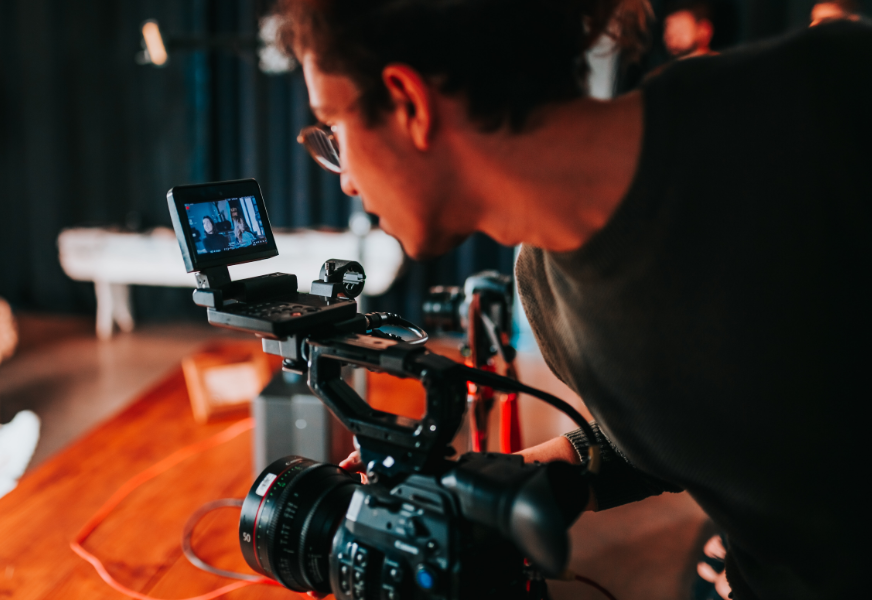
How much money required for film making
How much money required for film making
Creating a film is a complex and multifaceted endeavor that requires a significant amount of resources, both creative and financial. A film’s budget is an essential component of its production, and it is crucial to allocate resources effectively to bring a story to life. In this article, we will discuss the key elements of film budgets and how they impact the final product.
The Budgeting Process
The budgeting process for film production can be divided into three stages: pre-production, production, and post-production.
Pre-Production
During pre-production, the producer will develop a preliminary budget based on the script and initial plans for the film. This preliminary budget will include the salaries of the cast and crew, location scouting expenses, equipment rentals, and other pre-production costs.
The producer will then work with the director and other key creative personnel to determine the film’s overall look and feel. This process will include storyboarding, set design, and costume design. These creative elements will be incorporated into the budget to ensure that the film’s vision can be achieved within the allocated funds.
Production
Once the pre-production process is complete, the production stage begins. This stage includes all of the actual filming and production of the movie. The largest expenses during this stage are typically the salaries of the cast and crew, equipment rentals, and location expenses.
In addition to these core expenses, there are often unexpected costs that arise during production. These may include unforeseen weather events, production delays, or equipment failures. To account for these expenses, a contingency fund is typically included in the budget.
Post-Production
The final stage of film production is post-production, which includes all of the editing, sound design, and visual effects work. This stage is often the most time-consuming and can be the most expensive, depending on the level of post-production required.
The budget for post-production includes the salaries of the post-production team, editing software and hardware, and any necessary sound design or visual effects work. The budget may also include costs associated with marketing the film, such as creating trailers or promotional materials.
Key Elements of Film Budgets
While each film’s budget will be unique, there are several key elements that are common to most productions. These elements include:
Cast and Crew Salaries: The largest expense in any film budget is typically the salaries of the cast and crew. The more established the talent, the higher the salary. It is important to balance the budget with the level of talent needed to bring the project to life.
Equipment Rentals: Filmmakers must rent or purchase a wide range of equipment, including cameras, lighting, and sound equipment. These costs can add up quickly, and it is important to plan for all necessary equipment in the budget.
Location Expenses: Filming on location can add significant expenses to a film’s budget, including travel and lodging for the cast and crew, permits, and fees associated with filming in certain locations.
Production Design: Creating the look and feel of a film is a crucial aspect of its success. This includes set design, costumes, makeup, and props. The budget must account for all of these expenses, which can be significant depending on the film’s scope and setting.
Post-Production: The final stage of film production, post-production, can be a significant expense. This includes editing, sound design, and visual effects work, as well as any marketing materials needed to promote the film.
Contingency Fund: A contingency fund is included in the budget to account for unexpected expenses that may arise during filming. It is typically a percentage of the overall budget, with 10-15% being a common range.
Tips for Budgeting a Film
Creating a budget for a film is a complex and challenging process. However, there are several tips that can help filmmakers to allocate resources effectively and bring their vision to reality.
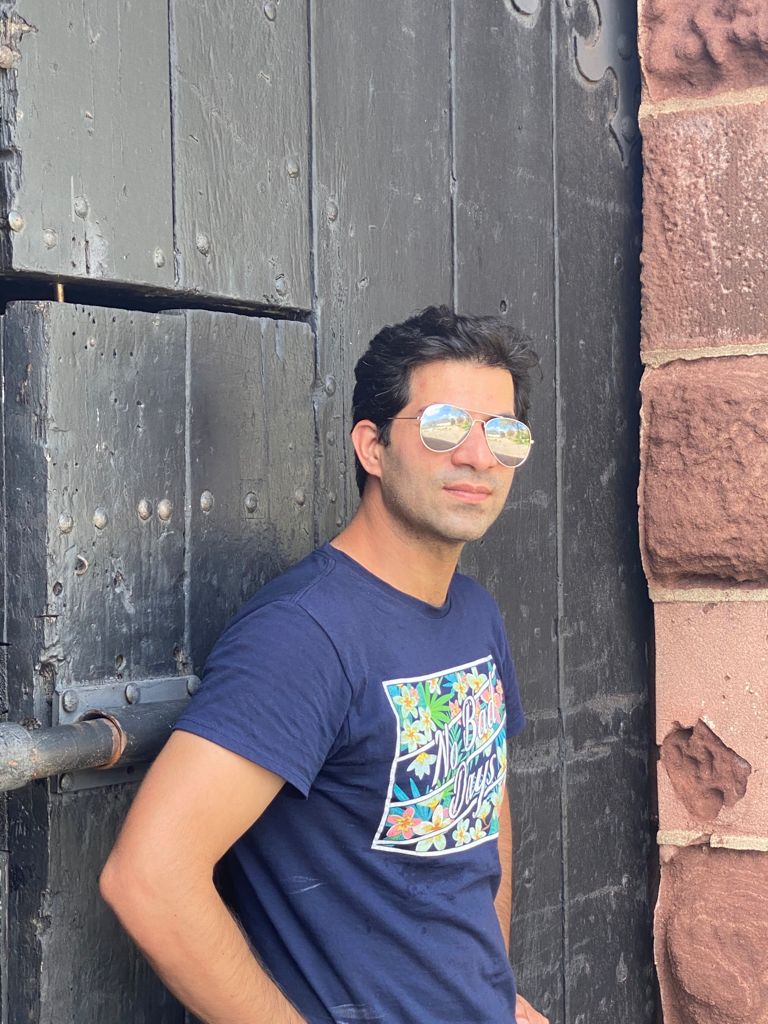
5 essential skills you need as an actor
5 essential skills every actor must have.
Acting is an incredibly rewarding profession but also a challenging one. It takes years of practice and dedication to perfect the craft and build a successful acting career. There are certain skills that every actor should have in order to be successful and stand out from the competition. In this blog post, we will explore five essential skills every actor must have to make it in the industry.
1) Acting
Acting is the cornerstone of any successful career in the entertainment industry. An actor needs to be able to bring characters to life on the screen and stage, conveying emotion and telling a story that resonates with an audience. To be a good actor, you must have a strong understanding of the craft. You need to develop your technique, be able to take direction, and hone your improvisation skills.
You should take acting classes to build the fundamentals, and find a good coach who can help you to explore and develop your talents. You should also learn about various acting techniques such as Method Acting and Meisner Technique. Working with experienced actors, directors, and other artists will help you to refine your technique and learn from their experience.
When auditioning for roles, you need to be prepared. Read scripts thoroughly to understand the characters you are going for, practice different approaches to the same scene, and be prepared for anything. You should also take time to research the project, the production company, and the people involved in the project. Doing your homework will give you an edge over other actors who are vying for the same role.
Finally, be prepared to face rejection and don’t let it discourage you. Every audition is an opportunity to learn something new and practice your craft. With hard work and dedication, you can develop your acting skills and reach your goals as an actor.
2) Singing
One of the most important skills an actor needs to have is singing. Singing gives a performance a unique and powerful dimension, allowing the audience to connect emotionally with the story. Whether you’re singing a lullaby, a love song, or a show-stopping ballad, having strong vocal chops will give your performances a greater depth.
To improve your singing, it is essential to take vocal lessons. A good vocal coach will be able to give you feedback and guidance on how to improve your technique, range and expression. Taking regular singing lessons and practicing regularly will help you become more confident in your singing abilities and give your performances that extra sparkle.
It’s also important to know what type of songs suit you best. Depending on the musical style, some songs require more range than others and you need to be aware of what you can and can’t do. Try to find the type of songs that best fit your voice so that you can make the most of your vocal talent.
Finally, when learning music for a performance, you should take the time to understand the story and emotion behind the song. It’s important to get to know the lyrics and find ways to portray the feeling in the song through your voice. Doing so will ensure that your singing has depth and emotion, allowing the audience to connect with your performance.
With dedication and hard work, you can become a great singer and use your vocal talent to bring any performance to life.
3) Dancing
For actors, having the skill to dance is a must! You never know when you will be asked to perform a musical number or a choreographed routine. To prepare, dancers should work on developing flexibility and strength, as well as learning and mastering different styles of dance such as jazz, tap, hip-hop, contemporary, and ballet. Working with a professional dance instructor is a great way to become comfortable in performing routines on stage.
Additionally, it’s beneficial to take classes that focus on improvisation and performance, as this will help to make you more comfortable in a live setting. Having a good understanding of music theory and being able to read sheet music can also be useful for actors looking to pick up choreography quickly.
4) Comedy
Having a strong sense of comedic timing is an essential skill for any actor looking to succeed in the industry. Being able to deliver jokes in a natural and believable way will help you stand out from the crowd and make your performances more memorable. Comedy is a great way to add depth to your characters, as well as showcase your ability to work with humor.
Having an understanding of different comedy styles is also important. Whether it’s physical comedy, dark comedy, or slapstick, knowing how to bring each type of humor to life can help make your performance truly stand out. Working on comedic monologues can be a great way to practice different styles and prepare for auditions.
Learning how to work with other actors is also key when it comes to comedy. Working on scenes with partners and creating chemistry can help you hone your comedic chops and add realism to your performance. Watching and studying comedic performances of actors who have gone before you can also be incredibly useful.
5) Improv
Improv, also known as improvisation, is the art of responding to an unplanned situation without prior preparation or rehearsal. As an actor, having strong improv skills can be a real asset. Improv allows you to quickly react to changes in a scene and make adjustments on the spot. It can also help you think more creatively when it comes to character development and story development. When you practice improv, you’re essentially training your mind to be more spontaneous and creative.
The basics of improv start with exercises like “yes, and,” where two actors take turns saying a line and responding with a positive affirmation. This allows them to get used to each other’s rhythm and cadence in dialogue and helps build trust between the two actors. Other essential skills in improv include being able to think on your feet, being able to adjust to any situation or character at the drop of a hat, and having a good sense of comedic timing.
Overall, having strong improv skills can help you stand out as an actor and give you an edge in auditions. Taking classes specifically dedicated to improv can also provide you with a safe space to practice and hone your skills. With time and practice, you’ll be able to flex your improv muscles and confidently use your creativity to create compelling characters and stories.
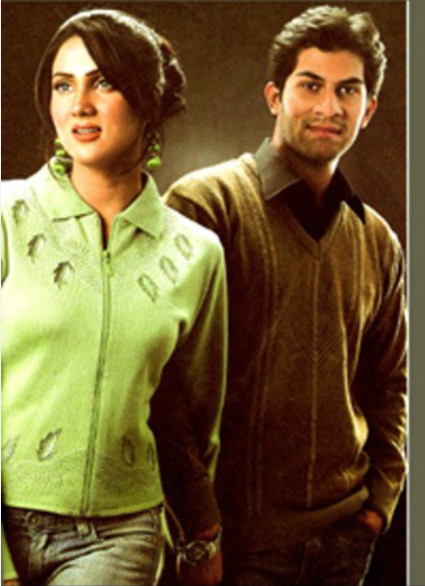
Winter New York
Winter New York
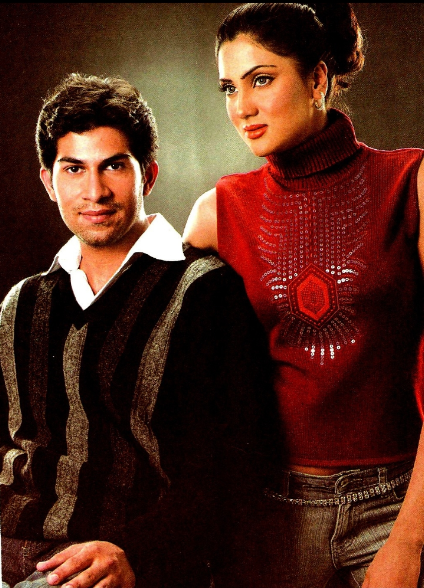
Winter in New York
Winter in New York
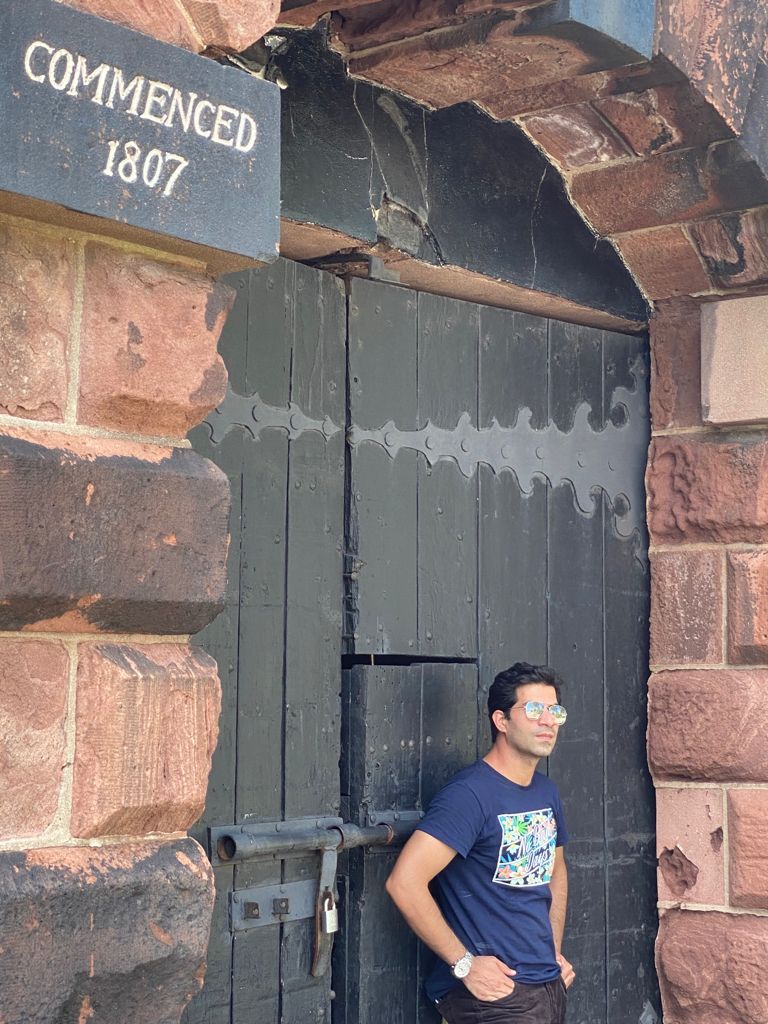
Talent
Talent in New york